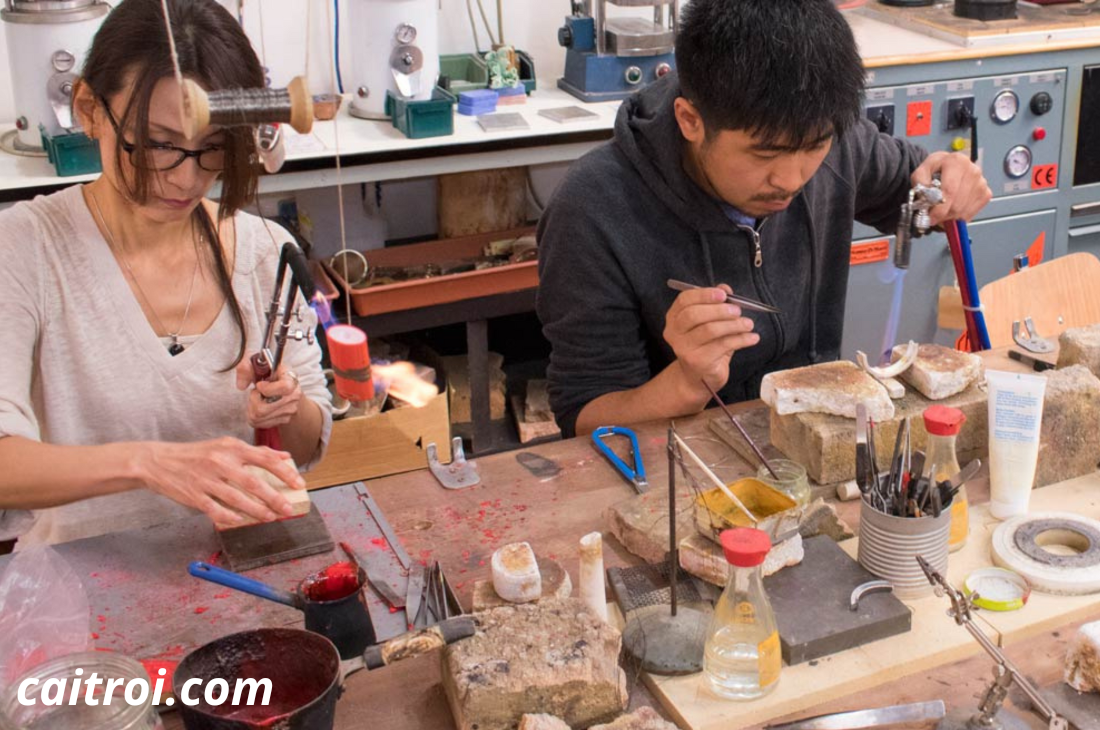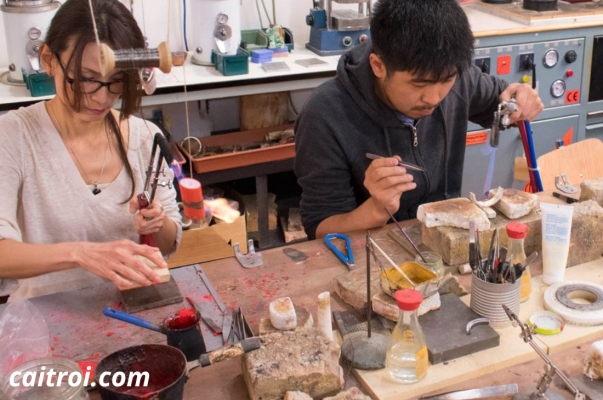Jewelry craftsmanship evaluation assessing the quality skill and techniques involved in creating
Jewelry craftsmanship is an art that combines skill, precision, and creativity to produce high-quality pieces. Evaluating jewelry craftsmanship involves examining the quality of materials, the skill of the artisan, and the techniques used in creating the jewelry. This evaluation helps ensure that pieces are not only beautiful but also durable and valuable. Here’s a detailed guide on how to assess jewelry craftsmanship effectively.
Key Takeaways
- Material Quality: Assessing the quality of materials used in the jewelry, including metals, gemstones, and embellishments.
- Artisan Skill: Evaluating the skill and expertise of the jeweler in creating intricate and precise designs.
- Techniques and Methods: Understanding the techniques and methods employed in the crafting process to ensure high standards of craftsmanship.
Introduction to Jewelry Craftsmanship Evaluation
Jewelry craftsmanship involves the intricate process of designing and creating jewelry pieces with attention to detail and artistic skill. High-quality craftsmanship is characterized by meticulous work, innovative design, and the use of superior materials. Evaluating craftsmanship helps in determining the value and authenticity of the jewelry, ensuring that it meets high standards of quality and artistry.
Assessing Material Quality
- Metals
- Purity and Composition: Examine the purity of precious metals such as gold, platinum, and silver. Higher purity levels indicate better quality. Look for hallmark stamps or certifications that verify metal content.
- Finish and Texture: Assess the finish of the metal, including its smoothness, polish, and durability. High-quality metalwork should be free of scratches, dents, or imperfections.
- Gemstones
- Cut and Clarity: Evaluate the cut of gemstones, which affects their brilliance and overall appearance. Clarity refers to the absence of internal or external flaws. High-quality gemstones should have a well-executed cut and minimal inclusions.
- Color and Carat Weight: Examine the color and carat weight of gemstones. For diamonds, color should be as close to colorless as possible, and carat weight should be proportional to the size and design of the piece.
- Embeddings and Enameling
- Setting Techniques: Check the quality of gemstone settings, such as prong, bezel, or channel settings. Well-crafted settings should securely hold the stones and prevent them from shifting or falling out.
- Enameling and Detailing: Assess the quality of any enamel work or detailed embellishments. The finish should be smooth and evenly applied without visible flaws.
Evaluating Artisan Skill
- Precision and Accuracy
- Symmetry and Alignment: Examine the symmetry and alignment of the design elements. High-quality craftsmanship should show precise and consistent alignment, with symmetrical patterns and balanced proportions.
- Detail Work: Evaluate the intricacy of detailed work, such as engraving, filigree, or granulation. Skilled artisans should produce clean, sharp lines and finely executed details.
- Craftsmanship Techniques
- Techniques Used: Understand the techniques employed in creating the jewelry, such as casting, soldering, setting, and polishing. Mastery of these techniques is crucial for producing high-quality jewelry.
- Innovation and Design: Assess the originality and creativity of the design. Innovative use of techniques and materials can indicate a higher level of craftsmanship.
- Finishing and Polishing
- Surface Smoothness: Evaluate the smoothness of the surfaces and edges. High-quality craftsmanship should result in a flawless finish with no visible tool marks or rough areas.
- Polish and Shine: Check the level of polish and shine on the jewelry. A well-polished piece should exhibit a reflective surface without dull spots or uneven shine.
Understanding Techniques and Methods
- Traditional vs. Modern Techniques
- Traditional Methods: Some jewelry pieces may use traditional techniques such as hand-carving or manual stone setting. These methods can add value through historical craftsmanship.
- Modern Methods: Modern techniques, such as laser cutting or 3D printing, can enhance precision and efficiency. Evaluate how these techniques are used to achieve high standards of craftsmanship.
- Quality Control
- Inspection Processes: Understand the quality control processes involved in the creation of the jewelry. Rigorous inspection and testing ensure that each piece meets high standards of quality and durability.
- Consistency: Assess the consistency of craftsmanship across different pieces from the same jeweler or brand. Consistent quality indicates reliable craftsmanship.
- Artisan Training and Expertise
- Education and Experience: Consider the training and experience of the artisan. Mastery of jewelry-making techniques often comes from years of practice and specialized education.
- Reputation and Recognition: Evaluate the reputation and recognition of the artisan or jewelry brand within the industry. Awards, certifications, and positive reviews can be indicators of high-quality craftsmanship.
Conclusion
Jewelry craftsmanship is a blend of material quality, skilled artistry, and advanced techniques. By assessing these factors, you can evaluate the quality and value of jewelry pieces. Understanding the intricacies of material quality, artisan skill, and crafting techniques ensures that you appreciate and invest in jewelry that meets high standards of excellence.
FAQ
How can I assess the quality of materials used in jewelry? Examine the purity and composition of metals, the cut and clarity of gemstones, and the quality of any enamel work or embellishments. Look for hallmark stamps and certifications for verification.
What should I look for in terms of artisan skill? Evaluate precision, symmetry, and alignment of design elements. Assess the intricacy of detailed work and the execution of various crafting techniques.
How can I understand the techniques and methods used in jewelry creation? Learn about traditional and modern techniques employed in jewelry making. Understand the quality control processes and the reputation of the artisan or brand.
What makes jewelry craftsmanship stand out? High-quality craftsmanship is characterized by superior materials, precise workmanship, innovative techniques, and attention to detail. Consistency and a strong reputation also contribute to standout craftsmanship.
Why is it important to evaluate jewelry craftsmanship? Evaluating craftsmanship ensures that the jewelry is well-made, durable, and valuable. It helps in determining the authenticity and quality of the piece, enhancing your investment and appreciation of the jewelry.




